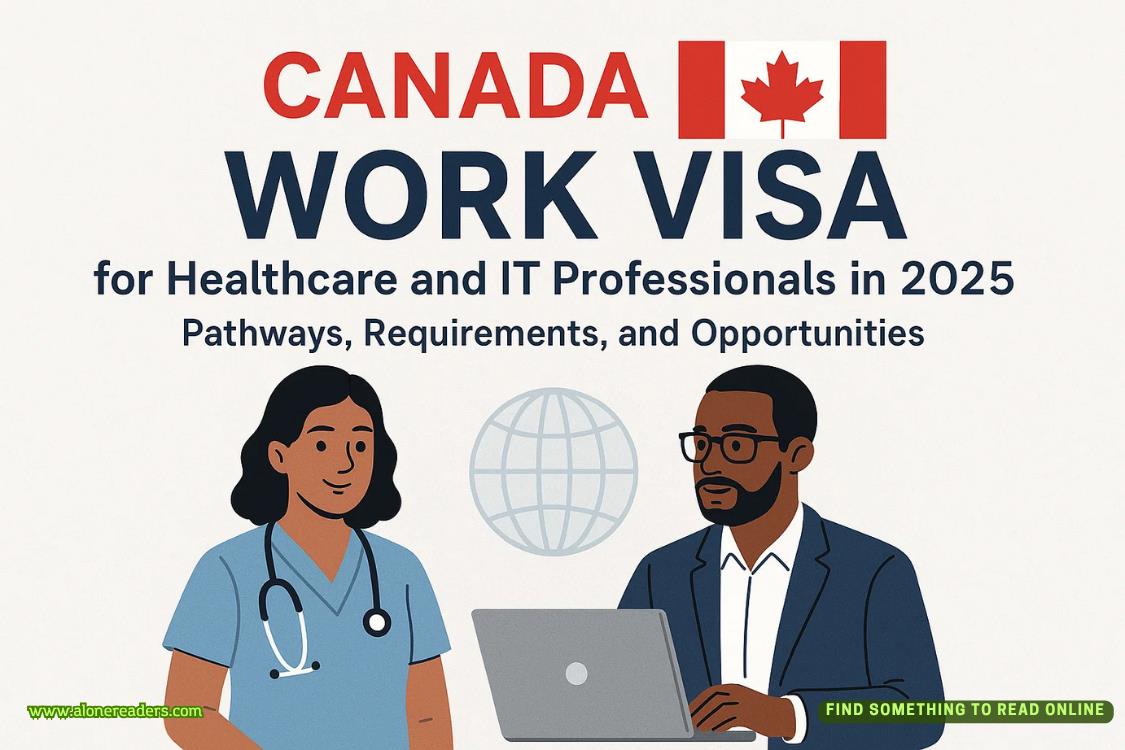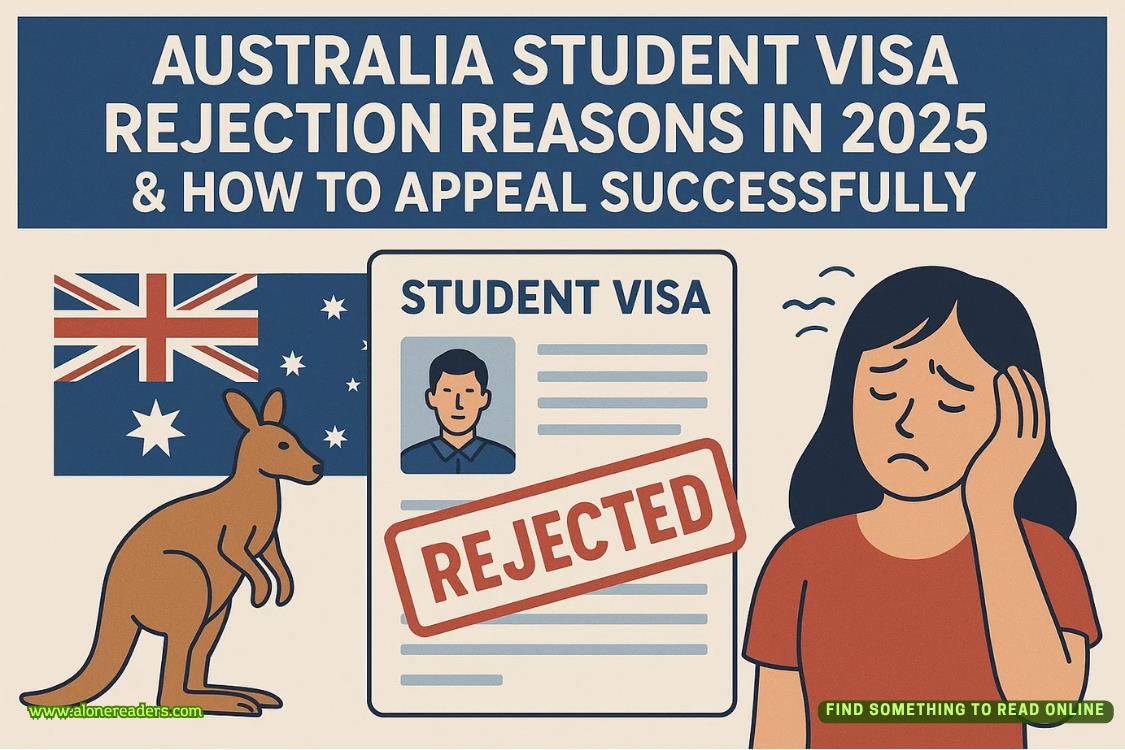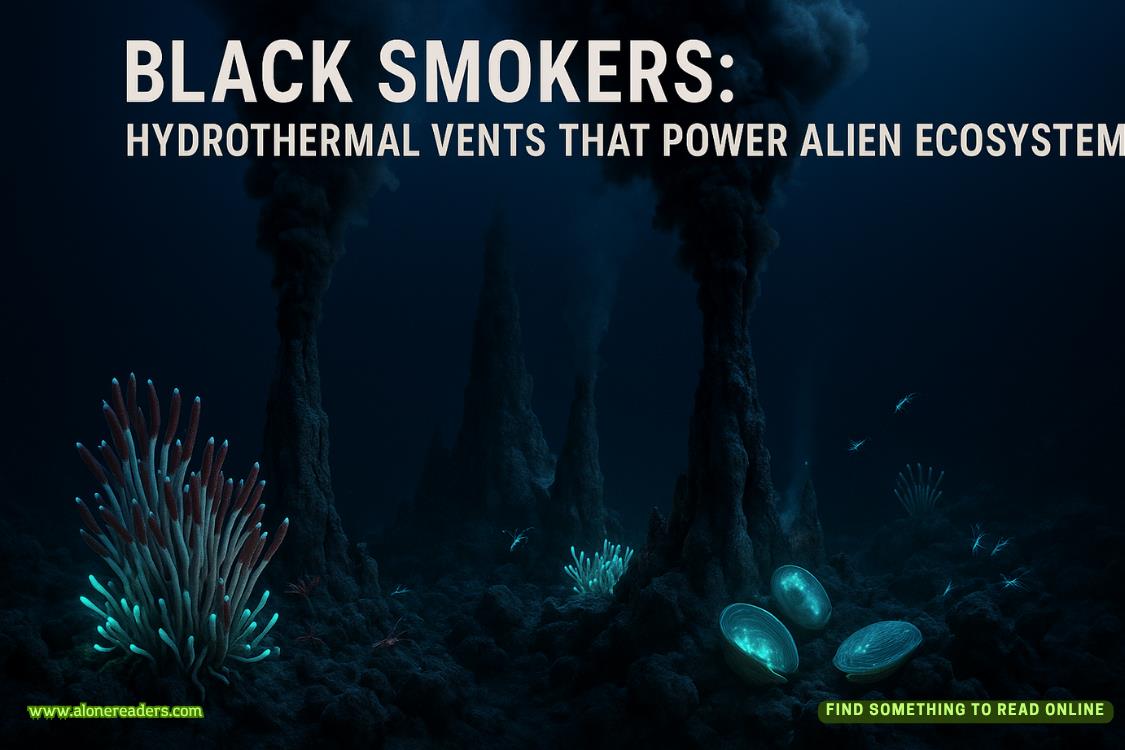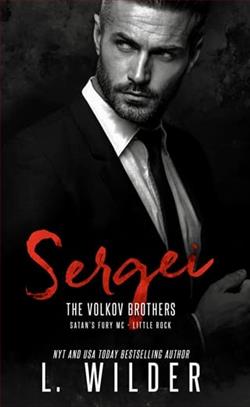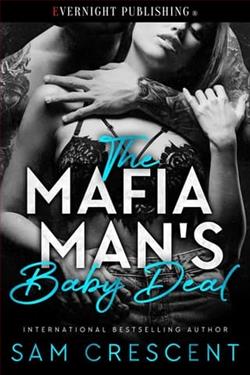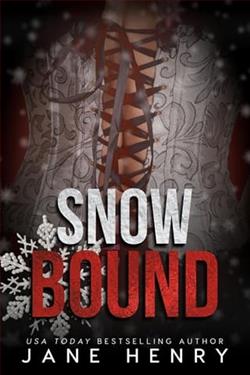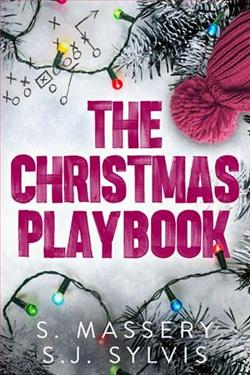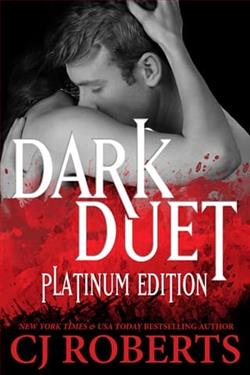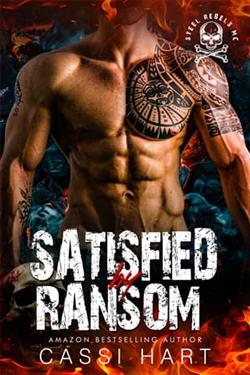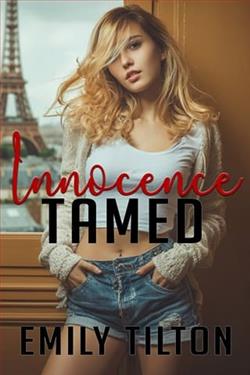Page 4 of The Husband Hour
Officers in full military dress flanked the flag-draped coffin in a procession out of the Staples Center. Behind them, the grieving widow walked as if she were wading through water.
A tap on his shoulder. Startled, he turned around. Craig Mason.
Craig Mason was a former Wall Street banker now in his mid-fifties and on his second career. “Second life” was how he had put it to Matt when they’d first met for drinks six months earlier.
“Hey, man,” Matt said, quickly closing the file and standing up. “Let me just find another chair.”
“Didn’t realize it was such tight real estate in here. Maybe we should have met at my office.”
“Not a problem,” Matt said, sliding a chair in front of his work space. Craig was busy looking at the two dozen index cards arranged on the corkboard above Matt’s desk that mapped out all the beats of the film American Hero: The Rory Kincaid Story.
Craig slid into the seat next to him.
“Doughnut?” Matt offered casually. As if he weren’t at the absolute end of the line.
Craig shook his head. “My new girlfriend is a Pilates instructor. The pressure is on. So, how much are we looking at?”
“Just the selects,” Matt said. “Some of the interviews, to give you a sense of where I’m at since we last spoke.”
“Sounds good,” Craig said.
Their first meeting, Craig had told Matt that he was at a stage of life where he wanted to do something “meaningful” with his hard-earned and considerable fortune. But Matt soon realized that even people with money to burn don’t want to burn it.
Still, there was glamour in feature films, and the promise of social progress with documentaries. For people like Craig Mason, that sometimes made films worth the gamble. He’d invested in two features and bought himself a ride to the award-season parties and red carpets. He’d put money into one documentary about clean water because that was his pet cause. But on that project, Craig had learned that documentaries don’t make money.
One of Matt’s buddies on the clean-water doc introduced Craig to Matt. But Craig was in no rush to fund a second documentary. During their initial meeting about American Hero, both of them drinking martinis at a gastro pub on the Upper East Side, Craig told Matt, “I’m just not feeling it on this one. I don’t see the urgency.”
American Hero was originally an examination of why some people answer the call to serve their country, and others don’t—viewed through the lens of the life of Rory Kincaid. But the film had morphed, changed, like a breathing entity. All Matt’s films felt alive to him, growing under his care and guidance. But none as much as this one.
He handed Craig headphones and they both plugged in so they wouldn’t disturb the other filmmakers in the room. Matt clicked on a file. He pressed Play, and an image of the entrance to Rory’s Pennsylvania high school, Lower Merion, filled the screen against the sound of the roar of a crowd. The camera closed in on the school’s motto carved in stone: ENTER TO LEARN, GO FORTH TO SERVE. Then a still photo of Rory, all blazing dark eyes, looking right at the camera. Then footage of the high-school coach. “How many thousands upon thousands of kids have walked through the doors of this school over the years, and how many have actually taken that motto to heart?” And then, video of Rory as a young teenager on the ice, racing toward the net. Voice-over, a woman: “Generations of Kincaids have served. World War Two. Korea. Vietnam. My older son, Emerson, served in the First Gulf War.” This from a sit-down with Rory’s mother that he’d luckily gotten before she passed away. Then the film cut to her. “Rory had a gift. He could skate fast and get the puck in the net. It’s as simple as that.” She pulled out a photo album and flipped through pictures of Rory as a boy, several of him on the ice, a few of him running around with a Rottweiler. “He named him Polaris,” she said. “What kind of name is that for a dog from a six-year-old boy? But he loved the stars.”
Footage of Rory playing for the Kings. And then a press conference, Rory in a blue button-down shirt, his hair wet. “No game is perfect, no player is perfect,” Rory said. “We look at our athletes as heroes.” And then that wry smile, the one that always suggested that what he was saying was just the tip of the iceberg. “I have different heroes.”
Next, military footage. Soldiers in the Middle East. A clip of news anchors announcing that hockey star Rory Kincaid was walking away to enlist in the military. “A remarkable move from a remarkable young man,” one of them said. And then the secretary of defense, flanked by American flags, speaking at a press conference: “Corporal Kincaid sacrificed himself in the name of liberty and justice around the world.”
Game footage: Rory’s rookie season, the Kings against the Chicago Blackhawks. Rory takes a rough hit against the boards and goes down on the ice. Five games later, a stick against the jaw takes him down. October 2010, a fight with a Blackhawks defenseman. February 2011, a fight with Philadelphia Flyers’ Chris Pronger, and he’s out for weeks. Cut to his sports agent sitting behind a desk in his fancy Los Angeles office saying, “Rory’s career in the NHL was over.”
Craig leaned forward. “Where are you going with this?”
Matt paused the footage. “You want urgency? Fine. How about this: Rory Kincaid wasn’t a perfect example of selfless heroism. He didn’t walk away from the NHL—he limped away. Rory Kincaid was damaged goods. And it could have been prevented.”
Chapter Four
Lauren smiled at customers waiting to get into Nora’s Café as she breezed past them to start her shift. She was early for work and still the line stretched to the end of the block.
Summer had unofficially arrived and, with it, the shoobies—people who came to the shore only during the summer. They got their name from their unfortunate habit of wearing shoes to walk to the beach when any local worth his or her salt could go barefoot for blocks.
She’d barely have time to run upstairs and change into her uniform, a navy skirt and a pale yellow polo shirt. The building had a second floor with an office, a storage area, and a changing room for the staff. Most of them barely used it, but because Lauren liked to run to and from work, it felt like her personal locker room. She kept her running clothes, sneakers, and a stash of Gatorade in one of the closets.
“Morning, Nora,” she called to her boss, a sixty-something redhead manning the door and putting names on the wait list. Lauren didn’t bother offering to take over the task; Nora liked greeting her customers, especially the first few weekends of the summer.
Lauren signed in on the same clipboard Nora had kept by the kitchen since she’d opened her doors in 2005. Everything was done manually. Lauren took the customers’ orders on an old-fashioned ticket pad, each stub three deep: one for the kitchen, one for Lauren, one for clocking out at the end of the day. It wasn’t that Nora couldn’t afford to upgrade to a computer system, and she was certainly savvy enough to find one that would suit the restaurant. She simply went through life with the attitude of “If it ain’t broke, don’t fix it.”
But four and a half years ago, Nora had recognized that Lauren was broken. That first winter, Lauren would sit for hours in the café, morning after morning, nursing a coffee. Sometimes she had constructive thoughts, ideas about starting a foundation in Rory’s memory. But most days, she just stared out the window.
Nora didn’t pretend not to know who she was, but she also didn’t watch her from a safe distance and whisper to the other employees. Both scenarios had happened endlessly in Lauren’s final weeks in Los Angeles.
Nora had simply brought Lauren a plate of eggs and bacon and said, “On the house.”
